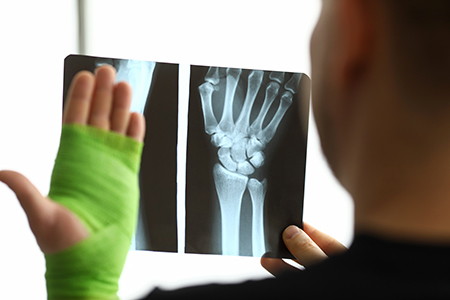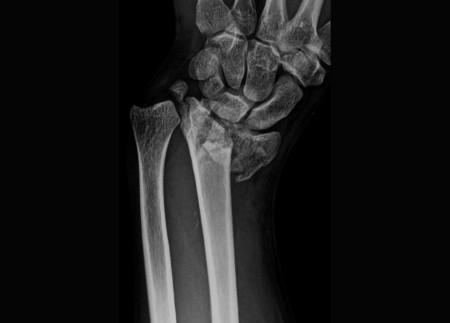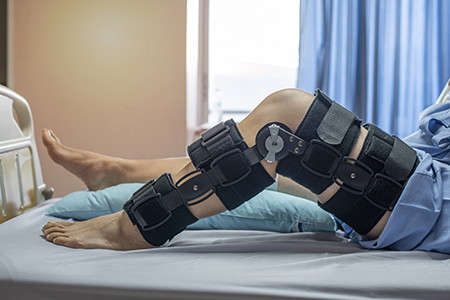Fracture treatment
Other specialties
The consequences of a badly consolidated fracture can lead to continuous pain in the basic activities of daily life, which is why it is important to make a good diagnosis, with the appropriate means. To do this we use radiography and ultrasound without leaving the clinic, a follow-up adapted to each pathology until the option of surgical intervention if required.
Fractures usually heal normally and without problems, but sometimes and for various reasons, they can give problems. The two most important are osteomyelitis or bone infection and pseudoarthrosis or poor consolidation.
Pseudoarthrosis or bad consolidation of fractures is the deficient conclusion of the reparative process of a fracture by the organism so that a solution of discontinuity with instability in the movement of both ends of the fracture is left at the fracture line. In addition, a fibrous structure usually forms around the fracture as a joint. This, among other things, will cause pain. When a fracture occurs, certain cells in our body immediately migrate to the focus of the injury. This is to cleanse the area of the injured tissue, cleanse the area of any impurities that may exist and prepare the tissue so that other cells can do the job of joining the bone fragments where they separated from the original bone. As the weeks progress, new bone is formed to hold the fragments together and strengthen the point of fracture so that no further separation occurs.
During pseudoarthrosis, the body’s cells are poorly programmed: they understand that the bone fragments are individual bones, and do nothing to try to fuse them with bone tissue. Sometimes the fracture site is held together, but by tissue that is flexible, so movement is generated.
Many are the causes that can lead to a bad consolidation, but the truth is that sometimes, a clear cause is not found, the main and most frequent causes are:
- Poor immobilization of the fracture or premature removal of the immobilization.
- Poor choice of treatment.
- Infection.
- Interposition of tissues.
- Poor blood supply to the area.
- Comminuted fractures.
Most cases will require surgery to stabilize the fracture area and promote healing. This can be done:
- Cleaning the false callus and scraping the bone.
- Placement of keys, plates and other fixations that stabilize.
- Elimination of areas of infection, if any.
- Placement of autologous (obtained from the same body) or synthetic bone grafts.






